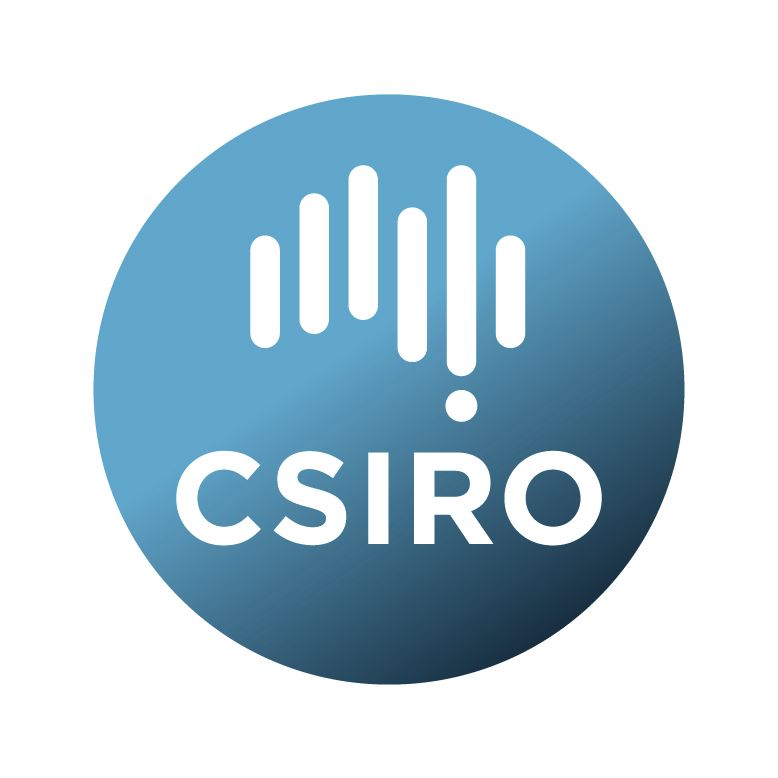Brief description
AuSeis makes use of the teleseismic waveforms recorded on the vertical components of 1200 permanent and temporary seismic stations across Australia. It includes the first-order estimates of the crustal Vp, Vs, Vp/Vs, density and Moho depth. It has been obtained by inverting the autocorrelations of teleseismic P-wave coda through a Markov Chain Monte Carlo approach. For further details, please refer to the paper referenced above (https://doi.org/10.1029/2018JB017055).The results of the inversion are provided as ASCII files (.dat and .xyz files). The zip file containing the results includes the following:
“Best_2000_Models” includes the best 2000 accepted 1-D models for each seismic station. The models give the thickness, depth, Vp, Vs and Vp/Vs of each crustal layer. For each station, the best 2000 accepted horizontal slowness value (s/km) are also given in the last column of each file. This parameter can be particularly useful to create synthetic seismograms associated with each of the models provided in the files.
“1-D Models” includes the average of 1-D crustal properties (Vp, Vs, density, depth, Vp/Vs, and Moho) and their associated one sigma uncertainty for each seismic station. The mean and one sigma uncertainty for each of the crustal properties are calculated from the best 2000 accepted models.
“AuSeis_Crustal_Model” includes an ASCII grid file (“AuSeis_Crustal_Model.xyz”). The file includes grids of seismic crustal properties (Vp, Vs, Vp/Vs, density) and their related one sigma uncertainties. The grid interval in the x and y directions is 0.5 degree, and the depth interval is 5 km. More information about the columns are provided in the file at the top of the file.
“AuSeis_Moho” includes a file (“AuSeis_Moho_From_1D_Models.dat”) containing Moho depths and their one sigma uncertainty.
“Stations_Used.dat” is a list of all stations used in this study. The file is organised with the following format: name of the seismic station, name of the seismic network, longitude (degree), and latitude (degree).
Lineage: It has been obtained by inverting the autocorrelations of the teleseismic P-wave coda through a Markov Chain Monte Carlo approach. For further details, please refer to the paper referenced above (https://doi.org/10.1029/2018JB017055).
Available: 2024-02-23
Subjects
Bayesian inversion |
Earth Sciences |
Geophysics |
Seismology and Seismic Exploration |
autocorrelation |
teleseismic P-wave coda |
zero-offset seismic reflection |
User Contributed Tags
Login to tag this record with meaningful keywords to make it easier to discover
Identifiers
- DOI : 10.25919/5F8CF3DB69BBF

- Handle : 102.100.100/376164

- URL : data.csiro.au/collection/csiro:46006



